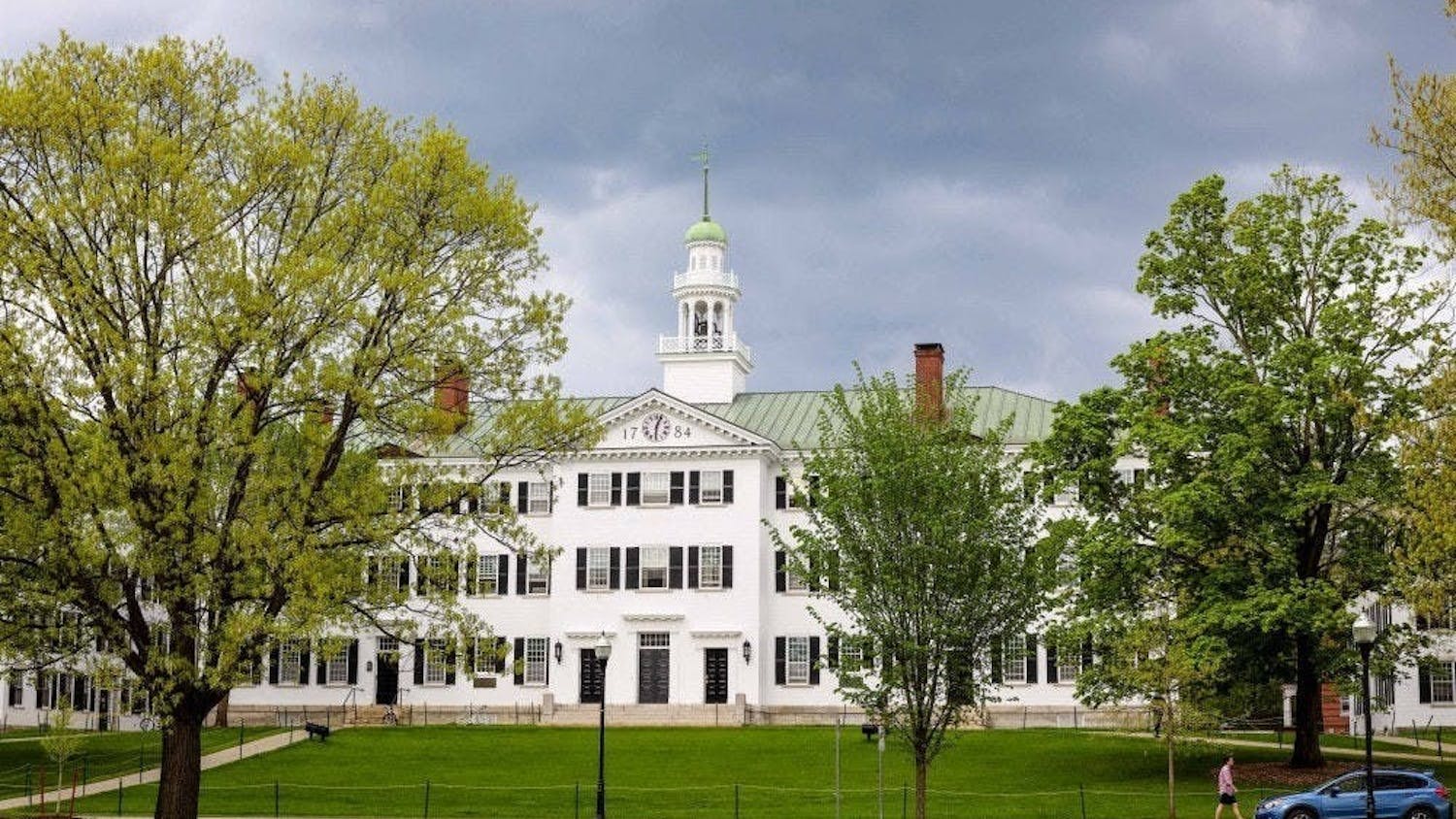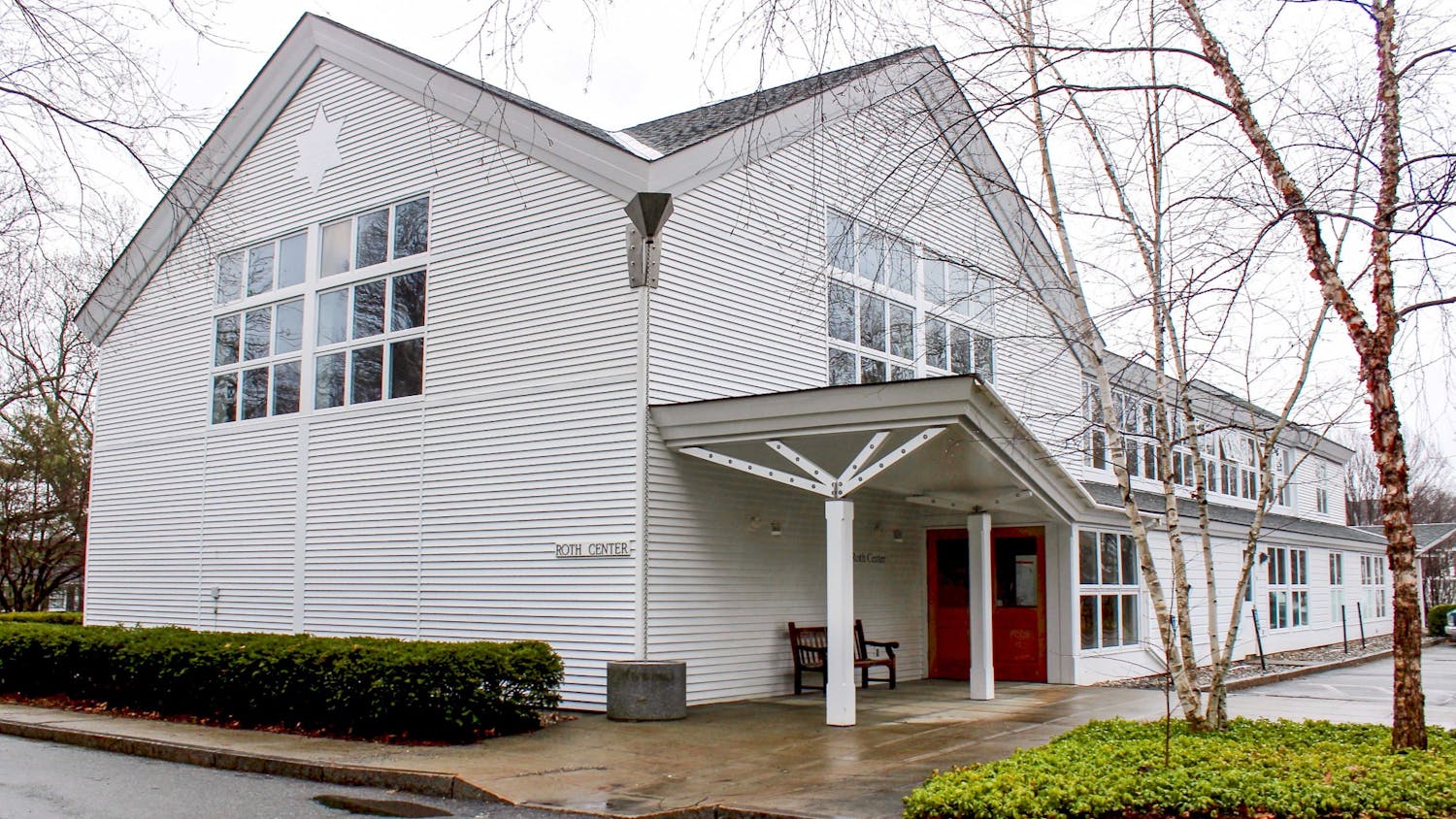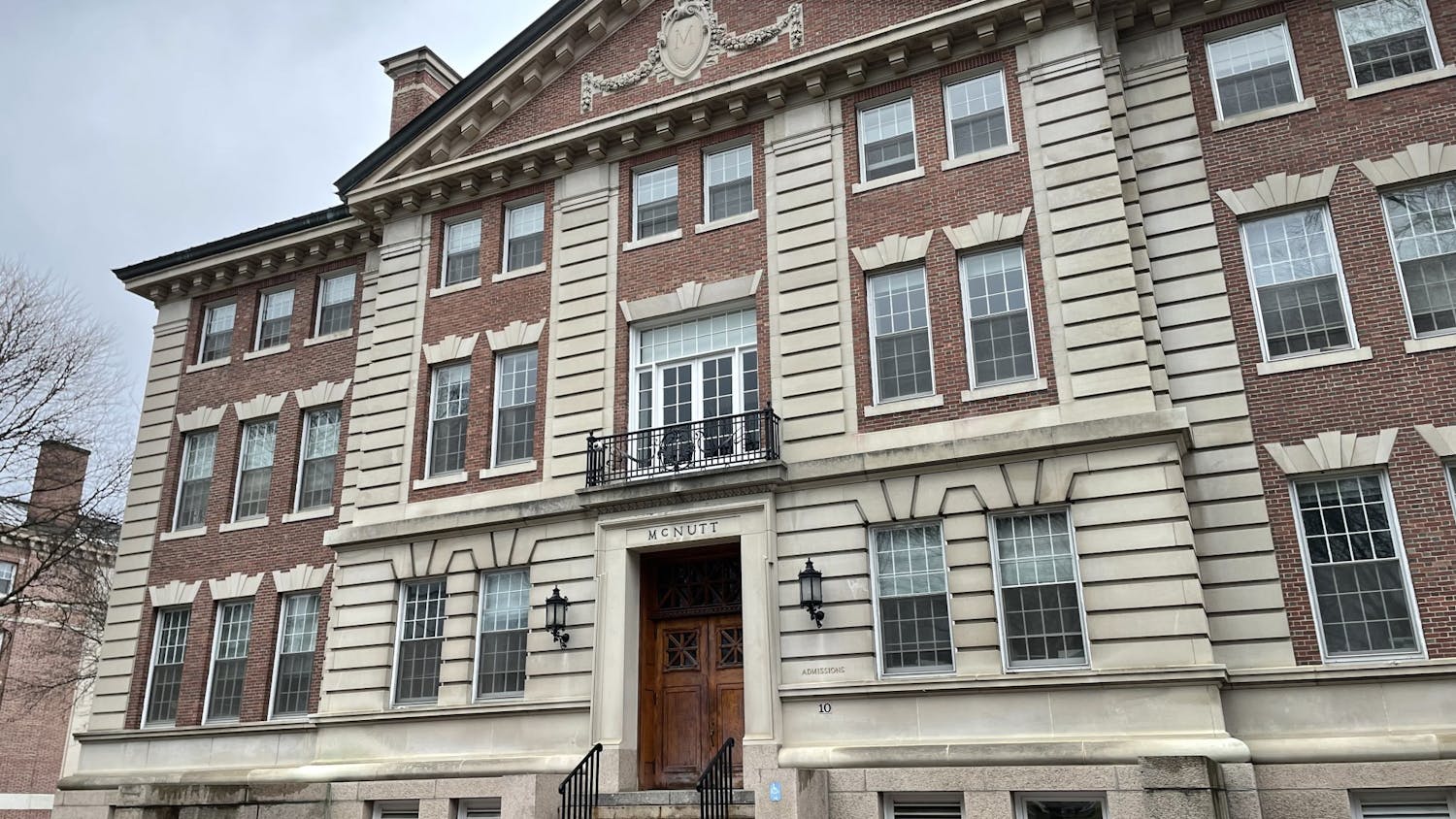In the NCAA’s recently released data from its annual student-athlete graduation rate survey, the College, along with Samford University, led Division I institutions with Graduation Success Rates of 99 percent for student-athletes who enrolled in 2008. This rate is 13 percent above the GSR for all of Division I athletics.
All academic institutions offering athletic aid are required as a condition of NCAA membership and by federal law to report student-athlete graduation rates. In 1995, however, the Division I board of directors established the GSR because of its desire for a rate that more accurately represented the mobility of college students than the federal graduation rate. The NCAA student-athlete graduation rate is the proportion of first-year student-athletes who entered a school on institutional aid and graduated from that institution within six years.
Currently, the federal graduation rate considers transfer students to be non-graduates at both the college they left and the one from which they will eventually graduate, whereas the GSR accounts for student-athletes who transfer from their original institution and leave in good academic standing. If the student-athlete does not leave the college in good academic standing, they are assumed to not have graduated, NCAA associate director of public and media relations Michelle Hosick said.
Since the first GSR released in 2001 for student-athletes starting college in 1995, the Division I GSR has increased from 74 percent to 86 percent.
“It’s difficult to say with certainty why the rate has increased, however, the Division I members have adopted a number of academic reforms in that time period, including enhanced academic criteria for incoming freshmen, strengthened progress-toward-degree requirements current student-athletes must meet and the Academic Progress Rate, a real-time metric that tracks team success every term and has penalties associated with it for teams who don’t meet benchmarks,” Hosick said.
This year marks Dartmouth’s fourth straight year leading Division I athletics programs for GSR. Of the 24 NCAA-sponsored sports at the College, 19 had a 100 percent GSR.
The College’s athletics department does an “outstanding” job in emphasizing the balance between athletics and academics, director of athletics and recreation Harry Sheehy said. Sheehy said that the department always favors academics first.
“I think the philosophy here at Dartmouth is absolutely amazing for all of us involved with student-athletes,” women’s lacrosse head coach Amy Patton said. “We are all striving for excellence for them in academics and on the playing field.”
Patton said that many of the resources that assist athletes in their academic success are not athlete-specific, but rather those that are also available to the entire student body, such as the accessibility of professors and faculty through office hours.
For all students, Dartmouth has an academic culture where “people want you to perform well” and where it is easy to receive help through office hours and tutoring services at the Academic Skills Center, women’s basketball player Lakin Roland ’16 said.
“As athletes, we have an extra layer of support through the athletic department,” Roland said.
One of the programs specifically for student-athletes is the athletic department’s Dartmouth Peak Performance program, which assists students in balancing their academic and athletic pursuits, Patton said.
“Dartmouth Peak Performance is a program to help students balance their personal, athletic and academic lives,” Sheehy said. “Things like advising, study skills, academic support and success strategies are all covered with our student athletes. We really want them to be able to have a well-integrated life here at the College.”
Women’s soccer player Jill Dayneka ’16 said the DP2 program is a support initiative that can include anything from strength and conditioning training and leadership building to sports psychology and academic assistance.
Assistant athletics director for peak performance Katelyn McPherson helps student-athletes with their academic lives by setting up tutors, speaking with professors about classes that athletes might miss because of games, helping freshmen select courses and coordinating their schedules to ensure that they do not take a heavy course load while in season, Roland said.
To further assist student-athletes, the College should continue to strengthen its current programs moving forward, Dayneka said.
Many women on the soccer team come in their freshman year feeling worried over how to manage their athletics with the pressure to be on a certain academic track, Dayneka said. For Dayneka, the strengthening of the current academic support programs could help the students-athletes realize that much of their first year can be spent exploring the academic departments, campus organizations and their various interests.
Sheehy also agreed that the athletics department could enhance some of its student-athlete assistance programs, though he emphasized the department’s current level of success.
“There’s not a lot more young men and women that we could graduate over what we are already doing,” Sheehy said. “But, with Dartmouth Peak Performance what we are really trying to do is set our students up for success after Dartmouth. When we look at our leadership training, community engagement and career planning programs, those are the things we want our students to be exposed to and carry forward with them.”



